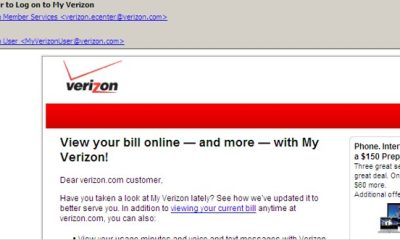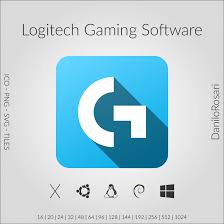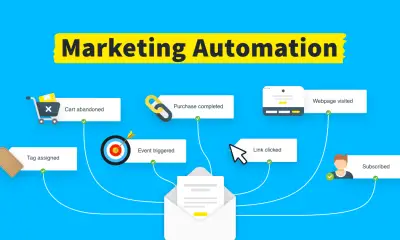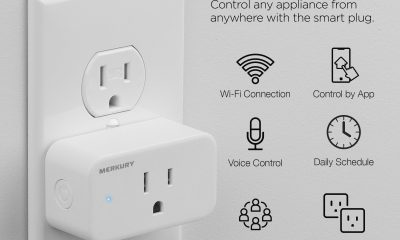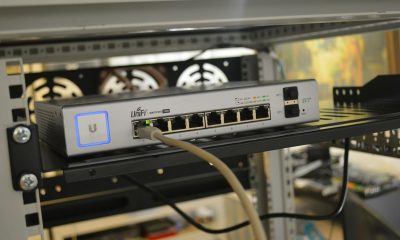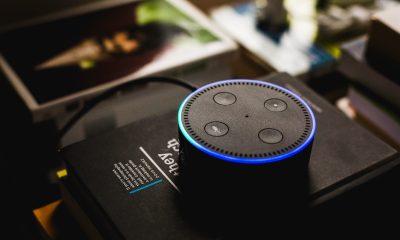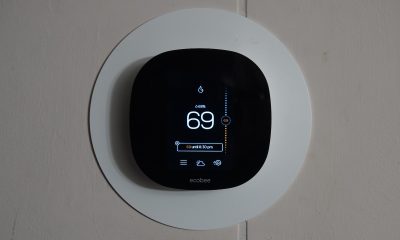Guides
What Is Programmatic Advertising & How to Use It Effectively
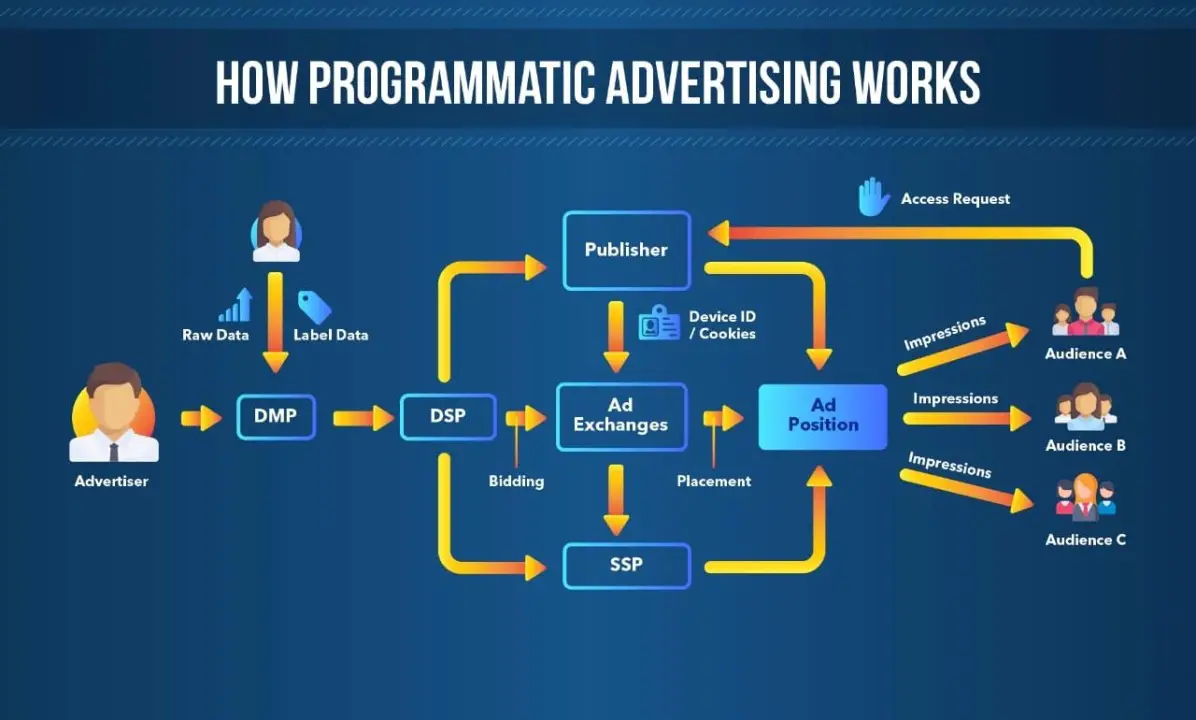
Introduction
In the digital era, advertising is no longer just about buying media space and hoping it reaches the right audience. Today, marketers need speed, precision, and measurable results. This is where programmatic advertising comes in.
Programmatic advertising is the automated process of buying and selling ad inventory using software and data insights. Instead of human negotiations and manual placements, technology takes over to ensure the right ad reaches the right person at the right time.
This guide explains what programmatic advertising is, how it works, its benefits, challenges, best practices, and the future. By the end, you’ll have a clear roadmap to make programmatic advertising work for your business.
What Is Programmatic Advertising?
Programmatic advertising refers to the automated buying and selling of digital ad space. It uses software, algorithms, and artificial intelligence to place ads across websites, apps, videos, and even connected TV — without human negotiations.
Key terms you’ll encounter:
-
DSP (Demand Side Platform): The system advertisers use to buy ad inventory automatically.
-
SSP (Supply Side Platform): The system publishers use to sell ad inventory.
-
Ad Exchange: A digital marketplace where the buying and selling happens.
-
RTB (Real-Time Bidding): A process where ad impressions are auctioned in milliseconds.
How Programmatic Advertising Works
Here’s the step-by-step process:
-
A user visits a website or app that has ad space available.
-
The site sends an ad request to the exchange.
-
The exchange notifies DSPs about the available space.
-
Advertisers bid in real time to show their ad to that specific user.
-
The highest bid wins, and the ad is shown instantly.
-
Performance is tracked — clicks, impressions, conversions — and adjustments are made automatically.
All of this happens in the blink of an eye, making ads faster, smarter, and more efficient.
Why Programmatic Advertising Matters
-
Efficiency: Automates the entire ad-buying process, saving time and resources.
-
Targeting: Uses data to reach the right audience based on demographics, interests, or behavior.
-
Scalability: Lets you advertise across thousands of sites and apps simultaneously.
-
Real-Time Optimization: Campaigns adjust automatically based on performance.
-
Transparency: Gives advertisers better control and insights into where their ads appear.
Best Practices for Programmatic Advertising
-
Set Clear Goals
Define whether you want brand awareness, lead generation, or conversions. Align KPIs like CTR, CPA, or ROAS with these goals. -
Know Your Audience
Use detailed buyer personas. Target based on demographics, interests, and behavior for relevance and accuracy. -
Select the Right Channels and Formats
Options include display banners, native ads, video, audio, mobile, and connected TV. Choose the format that matches your audience. -
Focus on Creative Quality
Ads should be engaging, visually appealing, and have strong calls to action. A/B test different versions. -
Prioritize Brand Safety
Protect your reputation by ensuring ads don’t appear next to harmful or irrelevant content. -
Stay Compliant with Privacy Rules
Follow GDPR, CCPA, and other privacy regulations. Always use data ethically. -
Measure and Optimize
Track performance closely. Make adjustments to bids, targeting, and creatives for continuous improvement.
Common Challenges
-
Complexity: Requires knowledge of multiple platforms and strategies.
-
Transparency Issues: Sometimes hidden fees or unclear metrics can reduce ROI.
-
Ad Fraud: Bots and fake impressions can waste ad spend.
-
Privacy Concerns: Increasing regulations make data usage stricter.
-
Over-Automation: Relying fully on algorithms without human oversight can backfire.
The Future of Programmatic Advertising
-
AI and Machine Learning: Smarter algorithms will make targeting and bidding even more accurate.
-
Connected TV Growth: Ads on streaming services and smart TVs are expanding rapidly.
-
Contextual Targeting: With privacy rules limiting personal data use, ads will focus more on the content a user is consuming.
-
Greater Transparency: Expect clearer reporting and stricter standards across platforms.
How to Get Started
-
Define Objectives: Start with specific, measurable goals.
-
Choose a Platform: Select a DSP that fits your budget and campaign scale.
-
Leverage Data: Use first-party data from your own audience whenever possible.
-
Create Compelling Ads: Design visuals and messaging that resonate with your target users.
-
Start Small: Launch with a test budget before scaling.
-
Monitor Closely: Track KPIs, adjust bids and creative continuously.
-
Scale Gradually: Increase spend on what works best.
Read More: Digital Marketing Strategies
Conclusion
Programmatic advertising is more than just a trend — it’s the future of digital marketing. By combining automation with data insights, businesses can deliver more relevant ads, reduce wasted spend, and measure results more effectively than ever before.
However, success doesn’t come from technology alone. It requires clear goals, high-quality creative, careful monitoring, and a commitment to privacy and brand safety. Advertisers who master these principles will gain a powerful advantage in an increasingly competitive digital landscape.
Done right, programmatic advertising isn’t just about reaching people — it’s about reaching the right people, at the right time, with the right message.
FAQs
1. How does programmatic advertising differ from traditional advertising?
Traditional advertising relies on manual negotiations and fixed placements, while programmatic uses automation and real-time bidding to deliver ads more efficiently.
2. What data is used in programmatic advertising?
Advertisers use first-party data (from their own customers), second- and third-party data, as well as behavioral and contextual information to target audiences.
3. What is real-time bidding (RTB)?
RTB is a process where each ad impression is auctioned instantly, allowing advertisers to bid for specific users based on data.
4. How do I measure success in a programmatic campaign?
Success is measured using KPIs like impressions, CTR, conversions, CPA, ROAS, and viewability metrics.
5. What mistakes should I avoid in programmatic advertising?
Common mistakes include poor targeting, weak creative, ignoring brand safety, not testing ads, and failing to monitor campaigns regularly.
-

 Gadgets3 years ago
Gadgets3 years agoDoes Nest Thermostats Contain Cameras Or Microphones? Is It Safe For you?
-

 Guides1 year ago
Guides1 year ago10 Best Apps To Control All Your Smart Home Devices.
-
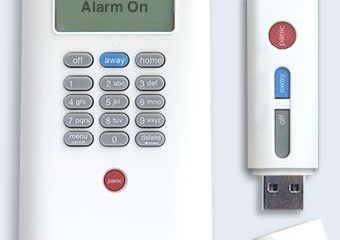
 Gadgets3 years ago
Gadgets3 years agoWhat Is The Purpose Of Red Button On The SimpliSafe Keypad?
-
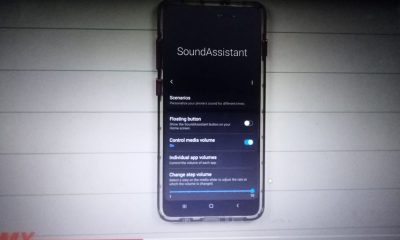
 Gadgets3 years ago
Gadgets3 years agoComplete Guide About Equalizer settings for Samsung-Soundbar
-
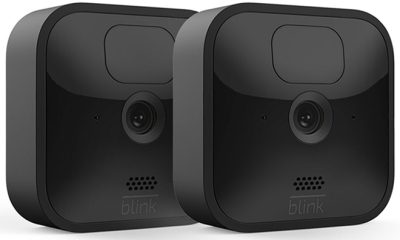
 Accessories2 years ago
Accessories2 years agoBlink Camera’s Temperature Sensor Settings, and More
-

 Gadgets3 years ago
Gadgets3 years agoFitbit Symbols Meaning: What Do The Fitbit Icons Mean?
-

 Accessories2 years ago
Accessories2 years agoCan Siri Control Samsung Televisions And Are Samsung TVs Homekit Compliant?
-

 Solutions3 years ago
Solutions3 years agoWhy is My Samsung TV Picture So Dark? Exploring the Possible Causes


















































